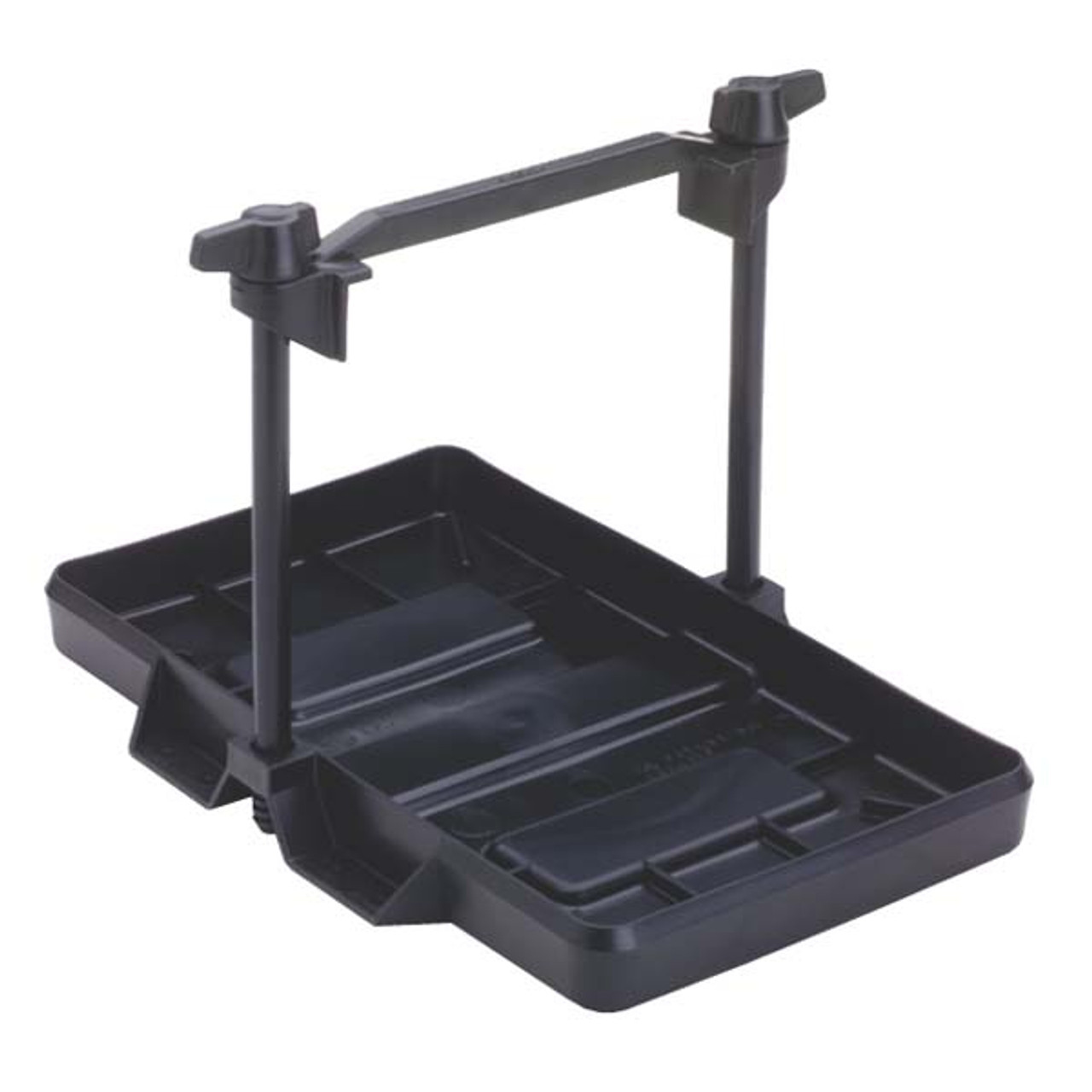Hey gang. Wondering which BEP switch to use and looking for a recommendation on a house battery. Here is my setup:
2003 2520
Twin 2019 Suzuki DP200AP motors
Two existing relatively new Interstate 27M-XHD start batteries; plan on adding a third House battery
On the BEP, looks like my options are the 718-140A-DVSR or 717-140A-DVSR. It looks like the biggest difference is with the 717 you can run one engine (either) and once 13.7 volts is reached, the relay will open and charge the other start and house battery. With the 718, you have to pick one engine that has this feature. This issue goes away under normal operating when both engines are running. Did I understand this correctly? Are there other advantages/disadvantages to the two switch options? Is there a better switch for my setup?
For the House battery, I think my design load would be running the bait pump and anchor light for 8 hours with the engines off and maybe the radar and a radio for two hours. The bait pump is a Jabsco 50840 Series Marine High Flow, Low Pressure Cyclone Centrifugal Pump with 9 amp maximum current draw, radar is a GARMIN–Fantom 24 with ~2 amp current draw, and I eventually may add a stereo with an estimated 1.5 amp draw.
So that would be 72 amps for the bait tank, 4 amps for the radar, 3 amps for the stereo, plus couple amps for the anchor light, right? Thinking about using a Interstate Deep Cycle SRM-31 with 98 amp-hour rating. Thoughts? Will the BEP isolate the house battery at 50% capacity?
Last questions - 1) can I use either of the BEP switches with just the two start batteries now and add the house battery later? I am planning on moving the batteries from the stern to a new locker cut into the floor in the pilothouse this winter and 2) Are there limitations on what house battery is compatible with the BEP switches assuming I am using the Interstate wet start batteries (i.e. AGM, Li ion, Group D4 etc.)?
Thanks,
2003 2520
Twin 2019 Suzuki DP200AP motors
Two existing relatively new Interstate 27M-XHD start batteries; plan on adding a third House battery
On the BEP, looks like my options are the 718-140A-DVSR or 717-140A-DVSR. It looks like the biggest difference is with the 717 you can run one engine (either) and once 13.7 volts is reached, the relay will open and charge the other start and house battery. With the 718, you have to pick one engine that has this feature. This issue goes away under normal operating when both engines are running. Did I understand this correctly? Are there other advantages/disadvantages to the two switch options? Is there a better switch for my setup?
For the House battery, I think my design load would be running the bait pump and anchor light for 8 hours with the engines off and maybe the radar and a radio for two hours. The bait pump is a Jabsco 50840 Series Marine High Flow, Low Pressure Cyclone Centrifugal Pump with 9 amp maximum current draw, radar is a GARMIN–Fantom 24 with ~2 amp current draw, and I eventually may add a stereo with an estimated 1.5 amp draw.
So that would be 72 amps for the bait tank, 4 amps for the radar, 3 amps for the stereo, plus couple amps for the anchor light, right? Thinking about using a Interstate Deep Cycle SRM-31 with 98 amp-hour rating. Thoughts? Will the BEP isolate the house battery at 50% capacity?
Last questions - 1) can I use either of the BEP switches with just the two start batteries now and add the house battery later? I am planning on moving the batteries from the stern to a new locker cut into the floor in the pilothouse this winter and 2) Are there limitations on what house battery is compatible with the BEP switches assuming I am using the Interstate wet start batteries (i.e. AGM, Li ion, Group D4 etc.)?
Thanks,





































